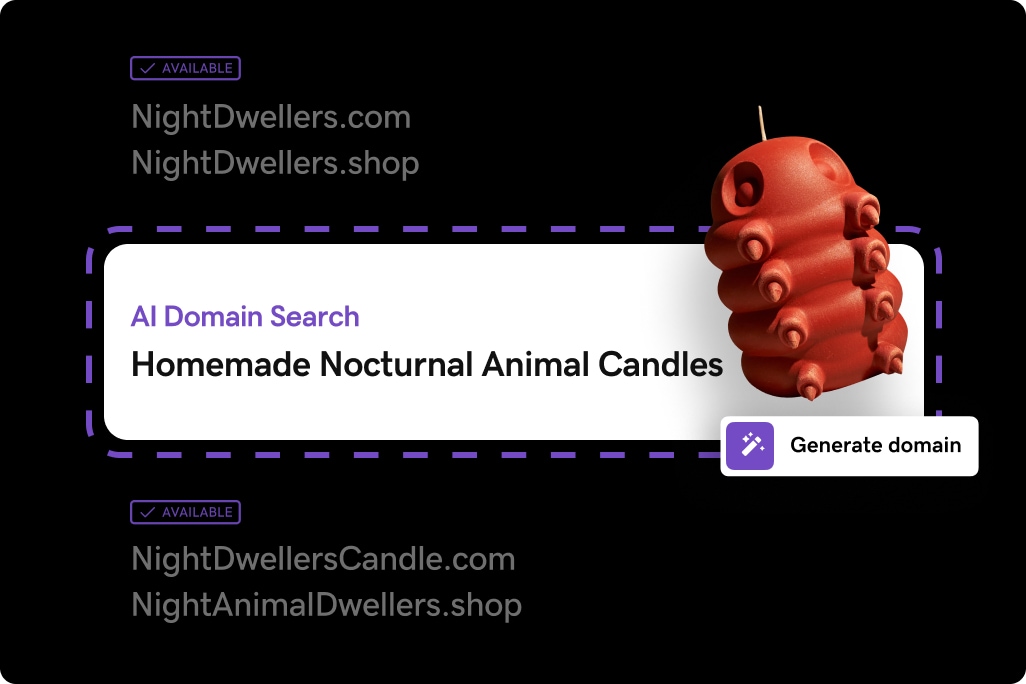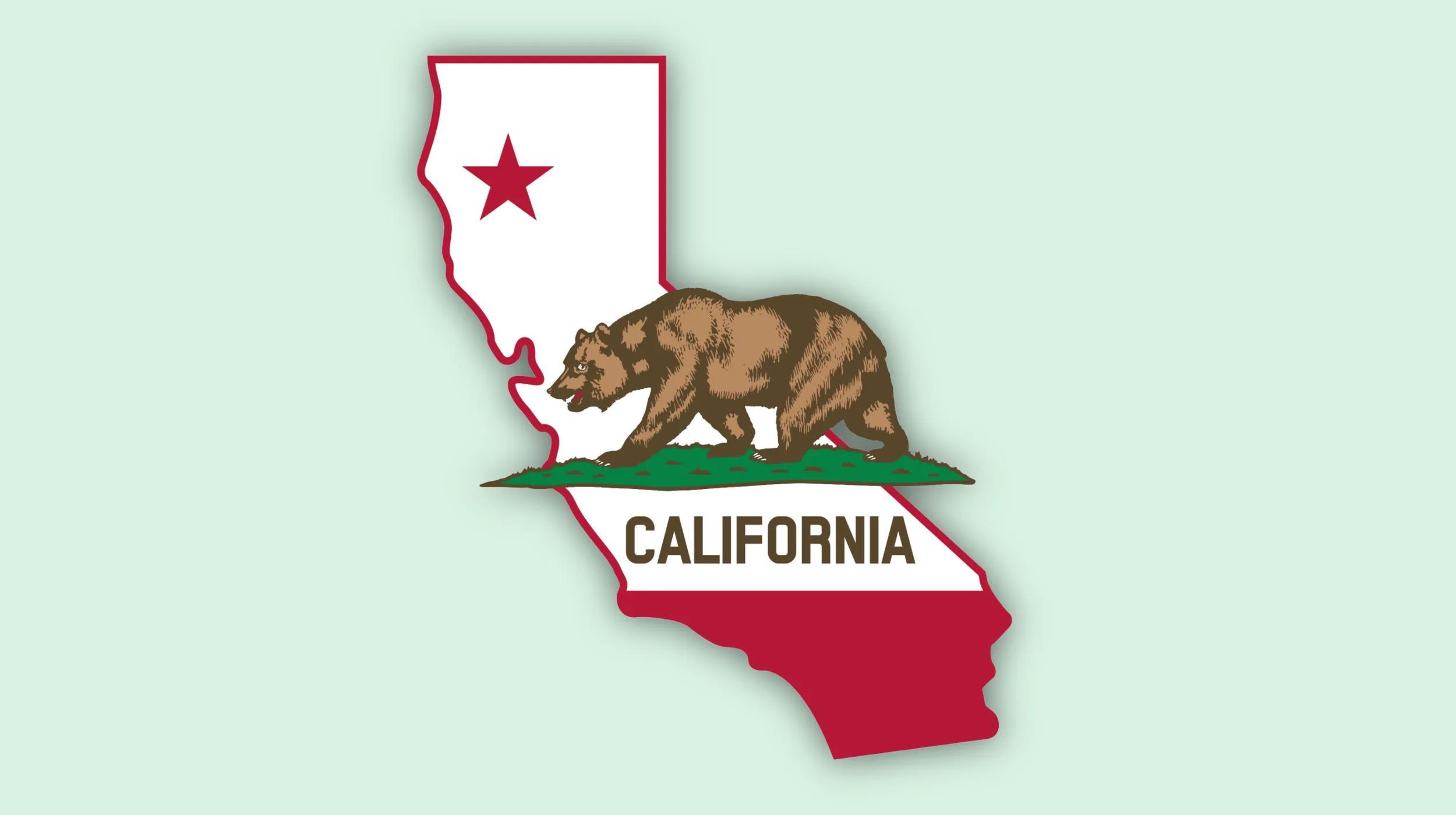Domain Name Servers tend to confuse a lot of people. If you are one of them, don’t feel bad.
I have had full-time IT professionals tell me that you can’t have email on a different server than your website and that is obviously not the case. That is the whole point in mail exchange records (MX), a type of DNS record.
Not everyone understands the ins and outs.

Go from idea to online in minutes with GoDaddy Airo™
Get started now.
How to configure DNS for email
In this article, we’ll cover:
- Common types of DNS records.
- How email messages are exchanged between servers.
- Configuring email-specific DNS records.
Let’s dive in!
What is DNS?
DNS stands for Domain Name System or Domain Name Server. They’re responsible for connecting domain names to web servers. Anytime you connect to the internet and go anywhere, you’re using them.
Here is how it works:
Your browser: Go to godaddy.com.
Your computer: Connect to DNS server and tell me which server godaddy.com is on.
DNS server: godaddy.com is on this IP address: XX.XXX.XX.XXX
Your browser: Go to this IP address and ask for the godaddy.com website.
The DNS records translate the domain into the IP address of the server that hosts it. So in this case, you asked for godaddy.com and it told you where it was hosted. (The web server is then responsible for loading the site that matches the requested domain, but that’s beyond what we’re covering here.)
For this article, we’ll be covering A Records, CNAME Records, MX Records and SPF/DKIM Records. I’ll be using your_company.com as the example domain.
What are CNAME and A records?
The CNAME and A Records are the most basic and common records. They are probably the easiest to explain.
‘A’ record: This tells you where the default domain is. Often the main domain is represented by an @ symbol. The @ symbol just means your_company.com.
‘CNAME’ record: Is an alias for something. In the case below, the CNAME is telling you that the “www” part of “your_company.com” is on the same server, which is represented by the @ symbol.
Here is a standard setup telling you that the “A record for your_company.com (also known as @) is on the server IP address of 192.168.1.1,” and the “CNAME of www is also pointing to the alias of @, which is 192.168.1.1.”
Do you need more information? Check out these links:
You also can find a wealth of information about different DNS records in our help section, we have a dedicated article on managing DNS records that’s worth reading.
What are mail exchange (MX) records?
MX records in the DNS server allow us to specify where email should be delivered. A GoDaddy help article about MX records states that “MX records specify and prioritize the incoming mail servers that receive email messages sent to your domain name.”
Adding MX records are the easiest part of this. If you are using a service like Google Workspace, your MX records should look something like:
These records are just telling the sending email server, when sending an email to sideways8.com, deliver to aspmx.l.google.com (10). If that server doesn’t accept the email, then send it to alt1.aspmx.l.google.com (20), etc.
How is email sent and received?
Email became popular — go figure, right? As more email was being sent globally, more spam came in.
Here is an example of how email used to be sent and received:
Sending server: Hello, I have an email for bob@your_company.com.
Receiving server: Great! Send it.
Sending server: Here you go.
Receiving server: I received it. Thanks.
Here is how the conversation goes now, and this is why email sent from you or your website might not make it into someone’s inbox:
Sending server: Hello, I have an email for bob@your_company.com
Receiving server: your_company.com? Let me check DNS records. You do not have permission to send email on behalf of your_company.com. I’m rejecting you.
Sending server: Ugh. I guess I need to fix my DNS so you will accept it.
Anyone can send an email acting like someone else. I could set up an email server on my laptop and send an email to bob@your_company.com saying that I’m larry@your_company.com.
If your_company.com’s mail server doesn’t have some way of checking, it will be accepted.
Concerning your website, sending email from a web server used to be easy. You would build a very simple form and specify which email address it should go to and — boom! The email shows up on the mail server specified by the receiving domain’s MX record.
The issue is that spam became popular, and spam filters started to pop up to stop it.
Why should you care?
If you are a small business owner and you are sending email to contactus@your_company.com through a “contact us” form on your website, you should care. You need these to make it to your_company.com. This is true for any form on your website. You need the mail to be delivered.
If the DNS records aren’t there, emails are far less likely to make it from your contact form to your company email address.
This is also true for general email delivery, like person-to-person email. Mail servers are going to check and see if you are allowed to send and receive based on the DNS records. If the records aren’t present, the emails are far less likely to make it through.
What is blocking the mail from being delivered?
Spam filters are designed to detect illegitimate email and they use these technologies to filter out spam:
- SPF: Sender Policy Framework
- DKIM” DomainKeys Identified Mail
- DMARC: Domain-based Message Authentication, Reporting and Conformance
These all have corresponding DNS records that must be configured.
I’m going to simplify my explanation to a certain extent, but here is what each one of those are asking:
SPF asks, “Is this IP address allowed to send mail on behalf your_company?”
There are three responses: Accept, Reject, and Accept but send to spam.
You need a record for any service that sends email on your_company.com’s behalf. For example, if you are using MailChimp, you will need to add records to cover it.
DKIM asks, “Can I check your digital signature? I need to check the signature against the sending server.”
One of the best explanation of DKIM comes from emailonacid.com: A sender creates the DKIM by “signing” the email with a digital signature. This “signature” is located in the message’s header. The sending mail transfer agent (MTA) generates the signature by using an algorithm applied to the content of the signed fields. This algorithm creates a unique string of characters, or a “hash value.”
DMARC asks, “Did SPF and DKIM pass? Let’s run through our policies that tell us what to do if the email is accepted or rejected.”
Putting it all together
With those basics out of the way, let’s look at configuring DNS for email.
Setting up MX records
Each mail provider will be able to provide these settings, but here are a couple of popular ones:
- Setting up Google Workspace with a domain’s DNS at GoDaddy
- Setting up Google Workspace with a domain’s DNS at CloudFlare
- Gather the information you need to create Microsoft 365 DNS records
You just need to follow the instructions and make the records look similar to my example mentioned earlier. My examples include Google Workspace, because that’s what my company uses.
If you are using something else, make sure you are grabbing the correct information from the correct provider.
Making spam filters happy
Unlike A Records and MX Records, DKIM and SPF do not have their own prefix or type of record. They use TXT records. When adding them, you will select TXT and then within the value you will specify which type. GoDaddy has an article about adding a SPF record.
Adding SPF records
For my domain, this is what a plain SPF record looks like:
"v=spf1 mx -all" allows the domain to send mail from the specified MX records for the domain only, prohibit all others. For example, if your email service is Google Workspace, then this will allow email from Google’s servers to send, but no other servers would be able to.
If I need to send email through our project managing software (Teamwork), I need to let the DNS records show that it has permission to do so:
If you you need to also send mail through your CRM, AWS SES, SendGrid, or some other service that you use, you will have to add those records. Your SPF Record could look like this:
v=spf1 a mx include:teamworkdesk.com include:spf.mandrillapp.com ~all
Just add another “include:service_name.com” to the same record. To be safe, always read the instructions for the service you are using.
Adding DKIM records
Now that you have your SPF records, you might need to add a DKIM record. It should be pretty simple; find the service and you will want to copy and paste your DKIM record from the service.
MailChimp (Mandrill) services DKIM looks like this:
Note: The DKIM record is a whopping 216 characters (hence the ellipses in the screenshot). You should be able to have a separate DKIM for each service (as opposed to SPF records, that combines the domains).
What if email from your website isn’t being received?
There are a few factors involved in the situation. It could be that your domain has been blocklisted. You can test by going to MX Toolbox. If that isn’t the case, I recommend using a transactional email service like SendGrid. We install SendGrid on most websites we work with because we know how important it is to make sure mail is delivered.
DNS can be complex. Hopefully this will help you get you started.
If you’re thinking about becoming a DNS expert, I recommend reading DNS and Bind (5th Edition). That was a great resource when I was learning the ins and outs of DNS.
*AI-assisted full website including all of the premium features like online store, appointment scheduling, and marketplace selling to name a few, requires paid subscription.
Social media marketing calendar available with GoDaddy Airo, some features will require paid subscription.
Professional Email through Microsoft Office 365 30-day free trial with an option to renew into a paid subscription beyond the promotional period.
While the LLC starter plan is free, there are likely some state and/or local filing fees associated with your filing which will be determined during the filing process.









